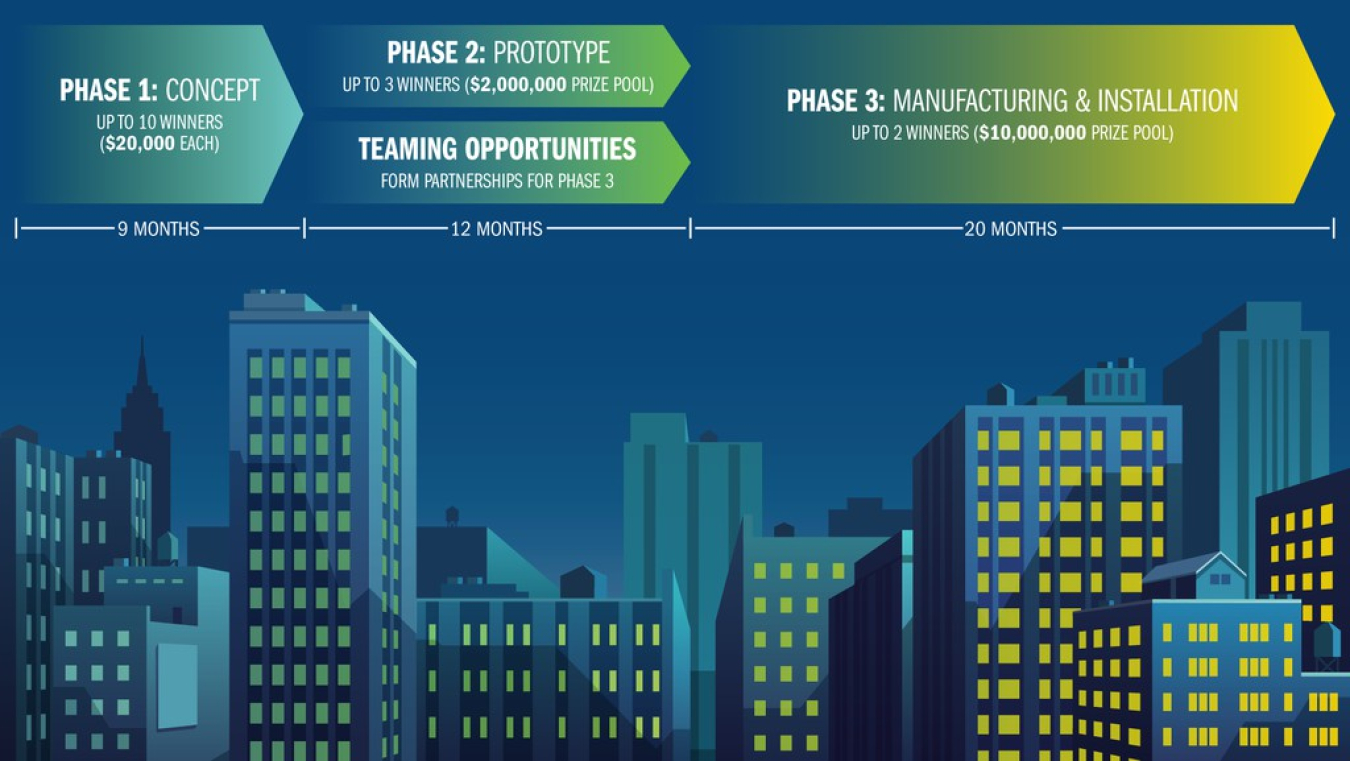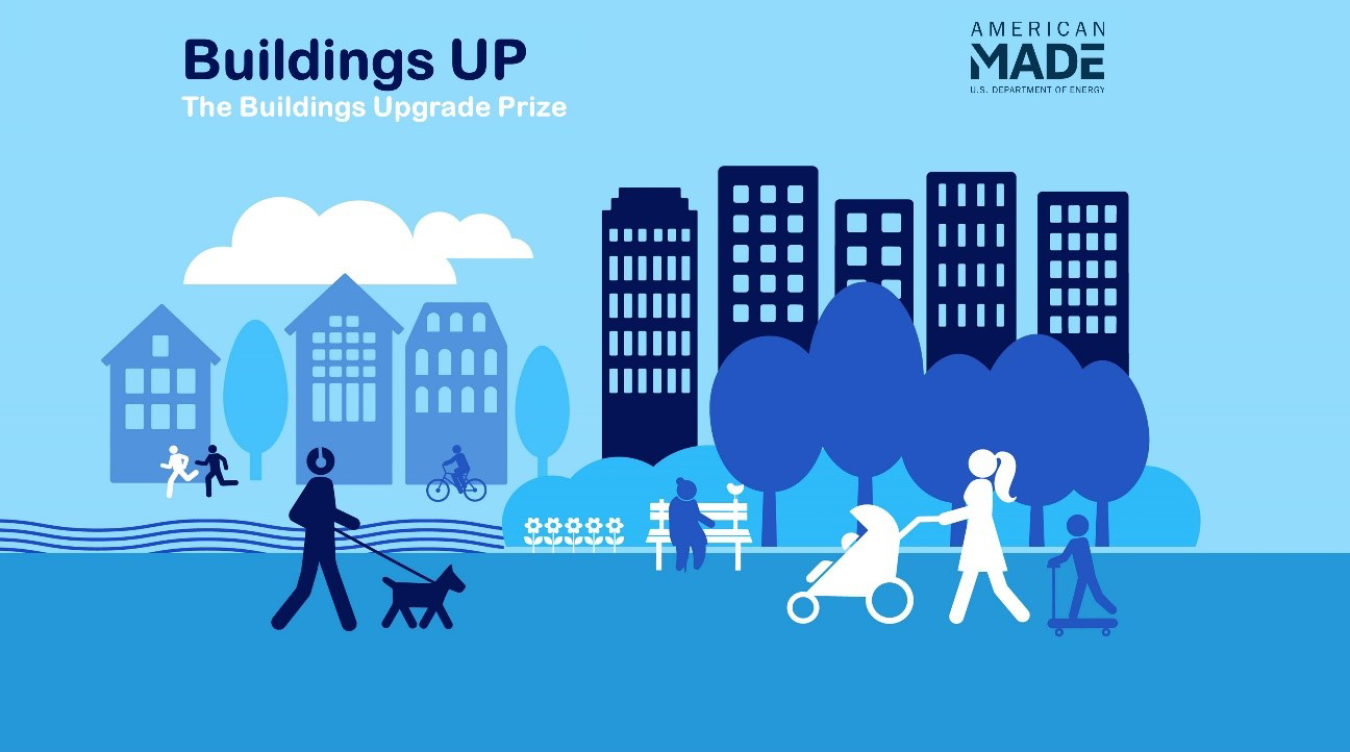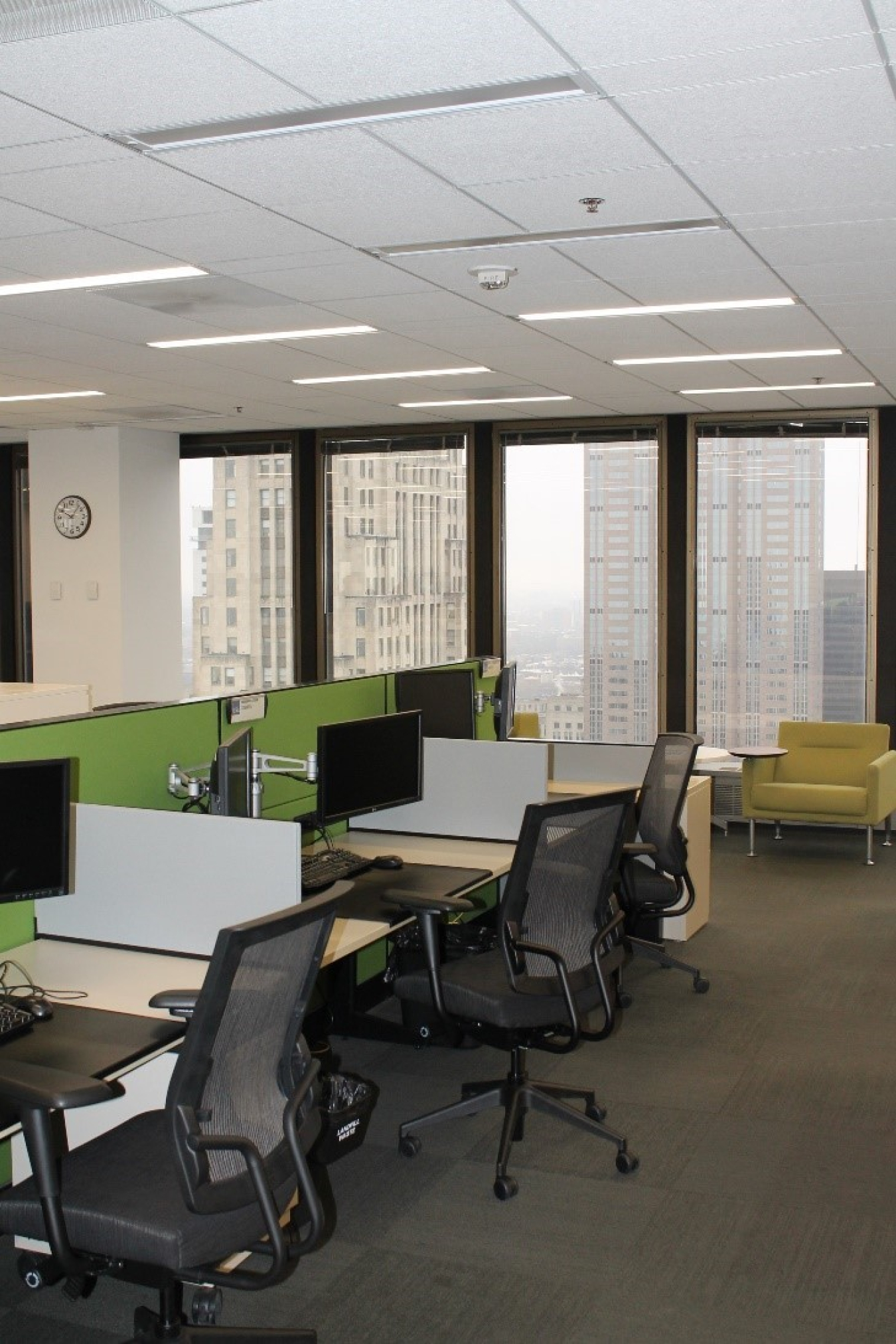Prize competitions enable the rapid development of innovative solutions by providing resources and support to entrepreneurs as they transform concepts into prototypes for industry testing. By tapping into the unparalleled American innovation ecosystem and the nation’s competitive spirit, competitions help reenergize American energy innovation and encourage the growth of U.S. manufacturing.
In support of prize competitions, the American-made network serves as a crucial resource that helps lower barriers for innovators. The network of over 250 organizations, including the U.S. Department of Energy’s 17 national labs, along with professionals from accelerators, incubators, universities, facilities, and industry helps engage, mentor, and propel progress to drive American competitiveness in global technology markets.
Learn more about BTO’s active and past prizes, challenges, and competitions below.
Active Prizes, Challenges and Competitions
L-Prize

Advanced interoperable lighting systems have the potential to better manage lighting energy use, integrate with other building systems, streamline maintenance and operations, and even respond to electric grid signals, increasing the value and resiliency of buildings. The Lighting Prize (L-Prize), a successor to the first Lighting Prize, seeks to unlock the additional potential to combine high-luminaire efficacy with exceptional lighting quality, data-driven control and functionality, innovative design, construction, and grid flexibility for the future of illumination in commercial and institutional buildings. Learn more about the L-Prize.
Buildings UP
The Buildings Upgrade Prize

The Buildings Upgrade Prize (Buildings UP) provides more than $22 million in cash prizes and technical assistance to support the transformation of existing U.S. buildings into more energy-efficient homes, commercial spaces, and communities. Buildings UP aims to build capacity to rapidly transform U.S. buildings. Teams will submit innovative concepts to leverage utility rebate programs and other funding sources. As teams progress through the prize, they will receive cash prizes and technical assistance to help bring their ideas to life.

Integrated Lighting Campaign
The Integrated Lighting Campaign (ILC) is a program designed to help facility owners and managers take advantage of savings opportunities and benefits of advanced lighting controls and of integrating lighting systems with other building or business systems in their facilities. The ILC serves as a resource for relevant research regarding new advanced lighting controls and integrated lighting systems and provides a platform to recognize exemplary projects shared by ILC participants and supporters. Learn more about the ILC and join the campaign to stay informed, obtain technical assistance, and submit projects for recognition consideration.
Past Prizes, Challenges and Competitions
Building Envelope Campaign
The Building Envelope Campaign (BEC) helps building owners and managers create more energy-efficient buildings by improving the performance of building envelopes in both new and existing buildings. This will be achieved by setting goals for building envelope performance, determining available energy savings, and providing technical support to building owners and managers. Learn more about the Building Envelope Campaign.
CABLE Prize
The $4.5-million CABLE Prize asks problem solvers across the U.S. to tap into the vast potential of conductivity-enhanced materials for innovative energy applications. Our priority is to encourage innovators to make advanced energy technologies more affordable and propel the creation of new jobs and opportunities. The prize aims to identify, verify, and reward breakthrough materials and manufacturing methods that have the potential to affordably exceed electrical conductor enhancement thresholds. The Building Technologies Office (BTO) sees conductivity-enhanced materials as critical to improving electric motor-driven systems and motor-driven components in appliances and equipment, which account for more than 25% of the primary energy consumption in both the residential and commercial sectors. Learn more about the CABLE Prize.
Envelope Retrofit Opportunities for Building Optimization Technologies (E-ROBOT) Prize
The E-ROBOT Prize seeks to catalyze the development of minimally invasive, low-cost, and holistic building envelope retrofit solutions that make retrofits easier, faster, and more accessible for workers. E-ROBOT is part of the American-Made Challenges series and offers participants cash prizes, as well as access to the American-Made Network, consisting of pioneering makerspaces, energy incubators, universities, and 17 U.S. Department of Energy (DOE) national laboratories. Successful competitors will provide solutions to advance robot technologies and the energy-efficiency retrofit industry.
Low-Cost Wireless Metering Challenge
DOE issued the Low-Cost Wireless Metering Challenge encouraging manufacturers to produce a cost-effective, accurate, wireless system capable of measuring various electric loads within a building and wirelessly communicating the data. Although commercial buildings spend more than 120 billion dollars annually on electricity, much of that energy is not measured or managed. Data provided by submeters can provide visibility on energy use to building owners and operators, allowing them to strategically implement energy-efficiency measures that can save money. Unfortunately, the technology for submetering has been cost-prohibitive, putting savings out of reach in many circumstances. On May 15, 2017, DOE recognized wireless technology company Meazon for their exemplary performance in meeting the specifications. Although Meazon is the only company to meet the specification so far, the performance specification stands as an opportunity for other organizations to enhance the market for low-cost submetering. Learn more about the Wireless Metering Challenge.
Manufacturing Innovator Challenge
In 2019, DOE launched a Manufacturing Innovator Challengefor Sustainable Manufacturing of Luminaires. The majority of LED Luminaires still use aluminum and other energy-dense structural and thermal materials in their design and manufacturing processes. Through the Challenge, DOE sought new concepts in LED luminaires designed to be manufactured with sustainable, recycled materials that offer potential for reduced parts and manufacturing costs. In November 2019, DOE announced the winner: A Bamboo Pendant by Koerner Design. The design incorporates bio-derived and biodegradable, low-toxicity, sustainable materials and is applicable to net-zero-energy buildings. The winning entry embodies DOE priorities to increase material and energy efficiency while improving building occupant comfort and quality of life. Learn more about the Sustainable Manufacturing of Luminaires Challenge.
Rooftop Unit Challenge
In January 2011, DOE joined industry partners in the Better Buildings Alliance to release a design specification for 10-ton capacity commercial air conditioners, also known as rooftop units (RTUs). The specification was a part of the High Performance Rooftop Unit Challenge initiative, to urge U.S. manufacturers to build and deliver innovative, competitively priced, energy-saving rooftop units that meet the Better Buildings Alliance-driven requirements of a high-performance specification. In May 2012, Daikin's Rebel rooftop unit system became the first to meet the challenge. In May 2013, Carrier became the second manufacturer to meet the RTU Challenge with their WeatherExpert unit. There are now a total of five companies that offer RTUs that meet the RTU Challenge performance specification. Learn more about the Rooftop Unit Challenge.
Smart Energy Analytics Campaign
The Smart Energy Analytics Campaign was a program led by the U.S. Department of Energy that encouraged the use of a wide variety of commercially available Energy Management and Information Systems (EMIS) technologies and ongoing monitoring practices to help uncover energy-saving opportunities and improve building performance.
Smart Tools for Efficient HVAC Performance Campaign
The Smart Tools for Efficient HVAC Performance (STEP) Campaign is a joint initiative of the U.S. Department of Energy and industry partners to speed the adoption of smart diagnostic tools. Smart diagnostic tools are used by heating, ventilation, and air conditioning (HVAC) technicians while installing or servicing residential HVAC equipment. These tools save energy by enabling HVAC technicians to quickly identify and troubleshoot potential energy-wasting faults in new and existing residential HVAC systems. The STEP Campaign serves as a national platform to provide information, key resources, and recognition for partner successes.

